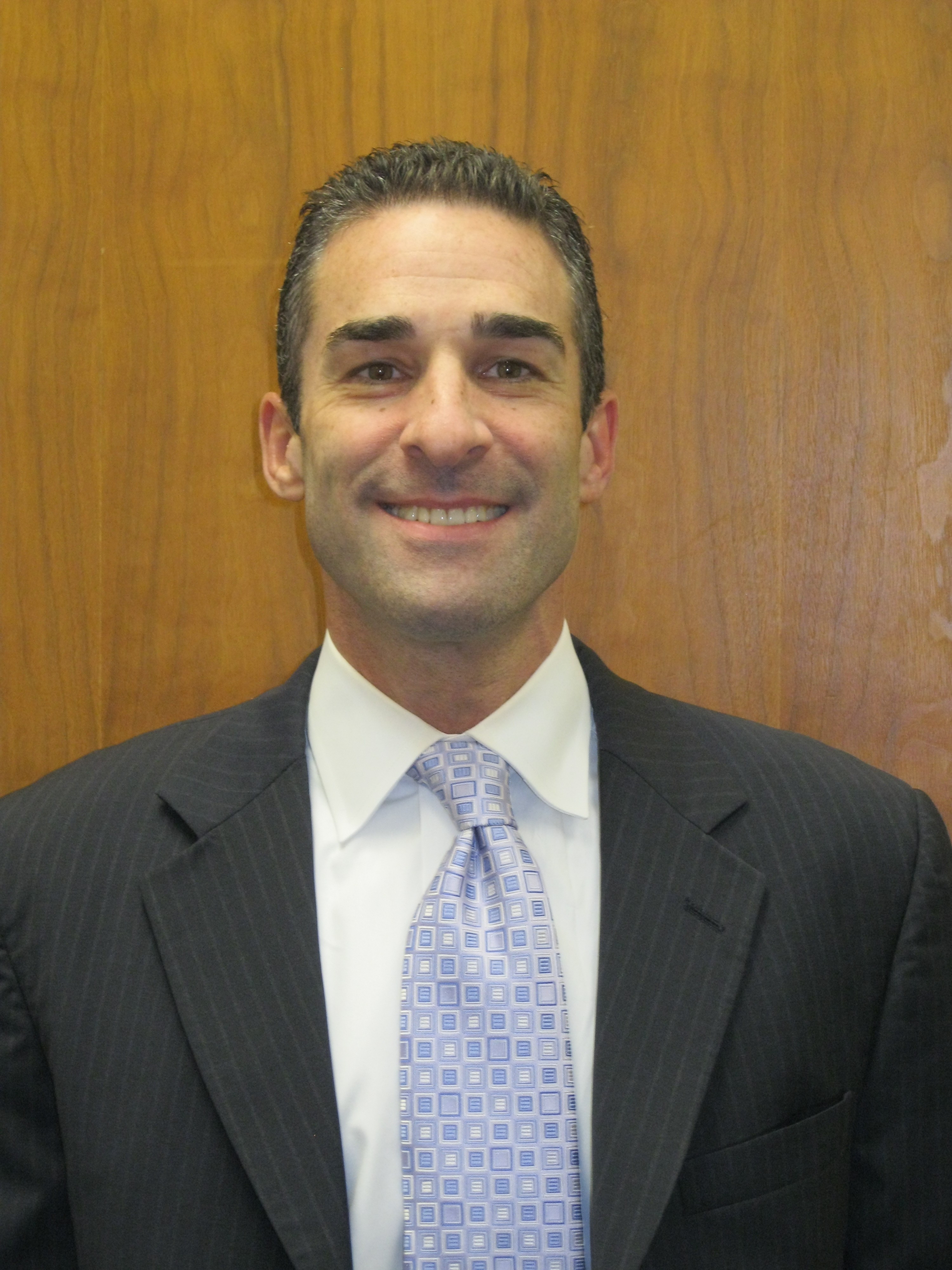News and Events
Use the filters below to narrow publications by offices, programs or categories
Sixteen projects funded through NTIA’s Broadband Technology Opportunities Program (BTOP) will be honored tonight for being selected as 2013 Computerworld Honor Laureates. They’ll each receive medallions inscribed with the Computerworld Honors Program’s mission, “A Search for New Heroes,” at the Computerworld Honors Awards Gala in Washington, D.C.
NTIA’s Institute for Telecommunication Sciences (ITS) in Boulder, CO, has been hard at work for years on research aimed at giving first responders next-generation technology that will help save lives.
While broadband availability has expanded for all parts of the United States, NTIA data has consistently shown that urban areas have greater access to broadband at faster speeds than rural areas. In a new report released today, NTIA and the Commerce Department’s Economics and Statistics Administration (ESA) delve deeper into the differences between broadband availability in rural and urban areas.
This is the second post in our “Spotlight on NTIA” blog series, which is highlighting the work that NTIA employees are doing to advance NTIA’s mission of promoting broadband adoption, finding spectrum to meet the growing demand for wireless technologies, and ensuring the Internet remains an engine for innovation and economic growth.

Today, NTIA is pleased to introduce a new set of reports, the Broadband Briefs series, that use publicly available data collected by the U.S. Department of Commerce to examine broadband availability in greater detail. This report further examines improvements in broadband availability by speed, technology and location since 2010.
Next week the U.S. will join the Member States of the International Telecommunication Union (ITU) at the fifth World Telecommunication Policy Forum (WTPF) in Geneva. The U.S. comes to Geneva expecting a consensus outcome to the discussions there but also to renew our commitment to understanding the needs and challenges some countries have with respect to the Internet.
This blog is part of a new “Spotlight on NTIA” series. We’ll be highlighting the work that NTIA employees are doing to advance NTIA’s mission of promoting broadband adoption, finding spectrum to meet the growing demand for wireless technologies, and ensuring the Internet remains an engine for innovation and economic growth.
Assistant Secretary for Communications and Information Lawrence Strickling was honored today for his leadership on behalf of the Obama administration’s efforts to enact wireless deployment and public safety provisions in the Middle Class Tax Relief and Job Creation Act of 2012.
The following blog post originally appeared on the website of the United States Telecommunications and Training Institute (USTTI).
Closing the digital divide – and getting all Americans online – requires a multipronged approach. It’s not enough just to provide affordable computer equipment and access to broadband at a reasonable price. Just as important is digital literacy training to teach people how to use the Internet and take advantage of everything it has to offer.
This article is cross-posted on the OSTP blog
The President’s strategy for expanding the capacity of high-speed wireless broadband services across the Nation may get a boost from a new Defense Department Initiative to fund research and development of innovative new approaches to spectrum sharing.
As the Broadband Technology Opportunities Program (BTOP) nears completion, NTIA staff is continuing to work closely with our grantees to ensure that projects are wrapping up on time and within budget, delivering the promised broadband benefits to the communities they serve.
To understand how rural South Dakota is, consider this: The state ranks 17th in the nation in terms of geographic size, but 46th in population - with fewer than 820,000 people, according to the 2010 Census. In some parts of South Dakota, the distance between farmsteads can be six miles. Cattle outnumber people four to one.
For telecommunications companies, the state’s sparse population means that there are not enough customers in many places to enable them to recoup costly investments in advanced telecommunications networks needed to deliver high-speed Internet service.
Nearly two years ago, NTIA launched the National Broadband Map, and today we are updating it, as we have every six months since its inception. The map provides the first-ever detailed datasets of broadband availability across the country, and it would not be possible without a unique partnership between the federal government, states, and the voluntary participation of many broadband providers.
NTIA’s Institute for Telecommunication Sciences (ITS) is hard at work in our Boulder, Colorado labs testing next-generation technology that will be used in a new nationwide public safety broadband network to be built by the First Responder Network Authority (FirstNet).

Public Safety official participates in testing of digital LMR intelligibility.
As 2012 draws to a close, I would like to take a moment to think back on some of the major things we’ve accomplished and then look forward to what we have on our plate for 2013.
NTIA recently released the Third Interim Progress Report on the Obama Administration’s efforts to make available 500 megahertz of spectrum by 2020 for expanded wireless broadband use.
Internet Protocol (IP) numbers underpin and connect broadband and IP-based network infrastructures. Without IP numbers, we could not attach computers and smartphones to the Internet, and we could not route traffic to and from those devices. Without an adequate supply of these numbers, we could not design cloud computing networks or the smart grid. As we move to a world of innovation where virtually everything can be networked to everything else, we need to ensure a sufficient supply of IP numbers.
On the eve of the World Conference on International Telecommunications (WCIT), we believe that it is the right time to reaffirm the U.S.

While stuck in construction traffic the other day, I thought of the old cliché that there are only two seasons – winter and road construction. But after visiting the Central Valley Independent Network’s (CVIN) offices in Fresno, California this summer, I would add broadband construction as a third season.
At the second privacy multistakeholder meeting regarding mobile application transparency held August 22, stakeholders made substantial progress on procedural issues to move this process forward. Poll results from the meeting are available here. NTIA grouped the poll results into three categories: “general support,” “mixed views,” and “general opposition.” These categories are our rough groupings, and are certainly not binding.
NTIA's Broadband Technology Opportunities Program (BTOP) is funding innovative programs across the nation that are working to close the digital divide. And a number of those projects are targeting a group of Americans too often left behind by today's fast-moving technology: seniors.
On July 12, 2012 we took another step toward implementing the Consumer Privacy Bill of Rights, the centerpiece of the Obama Administration’s blueprint to improve consumer privacy safeguards and promote the growth of the digital economy.
Today we again updated the National Broadband Map, the unprecedented interactive map that shows what high-speed Internet service is available in the United States. The map is powered by a new set of data from 1,865 broadband providers nationwide – more than 20 million records – and displays where broadband is available, the name of the provider, the technology used to provide the service, and the maximum advertised speeds of the service.
I recently had the opportunity to speak to the National Association of Latino Elected and Appointed Officials (NALEO) and the League of United Latin American Citizens (LULAC) about NTIA’s Broadband Technology Opportunities Program (BTOP) and the work it is doing to promote broadband adoption in the Latino community.
A high-speed Internet connection can provide access to everything from online job postings to educational opportunities to valuable healthcare information. But too many Latino households remain cut off from these important benefits.
